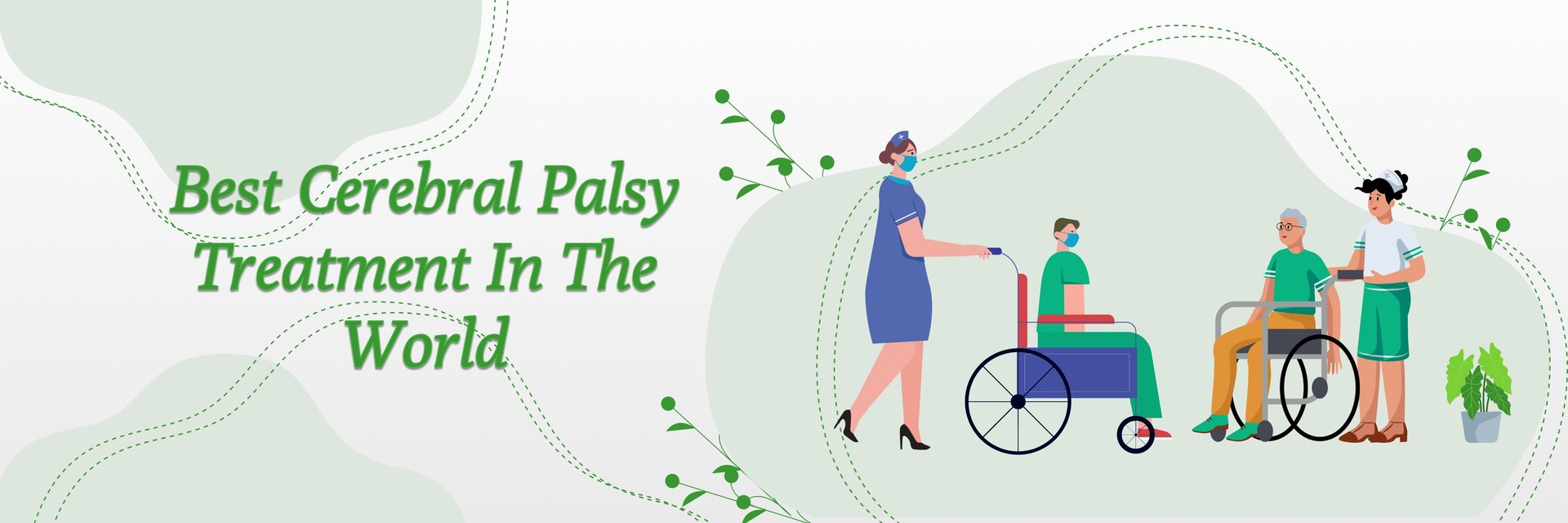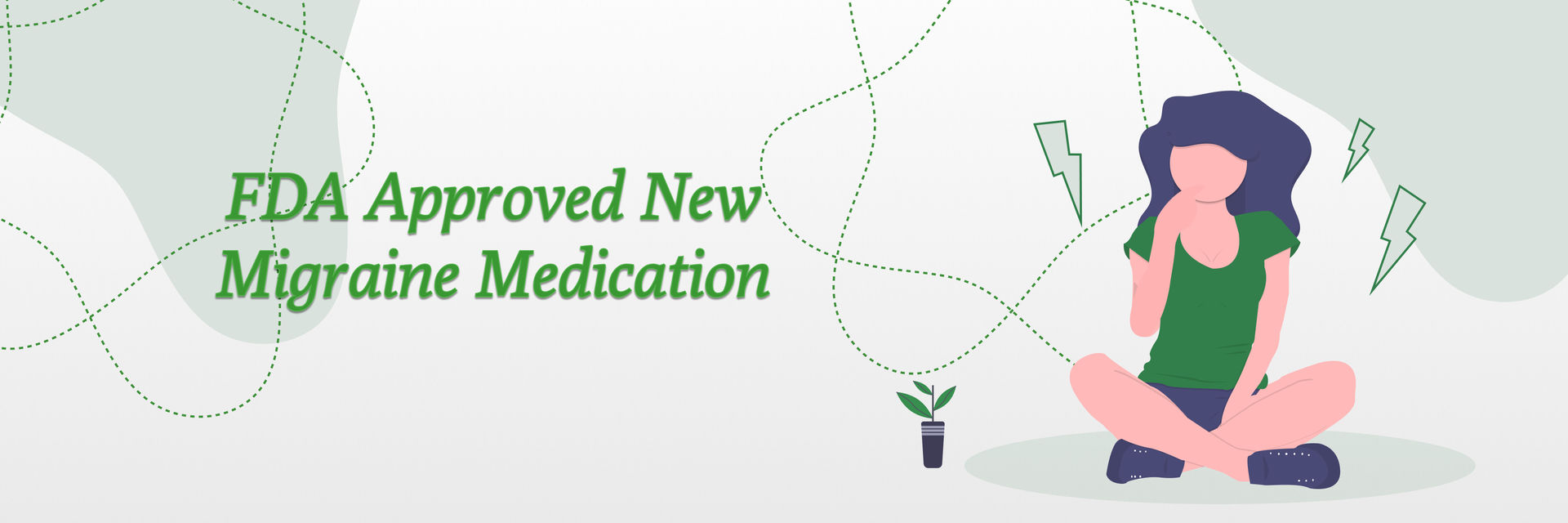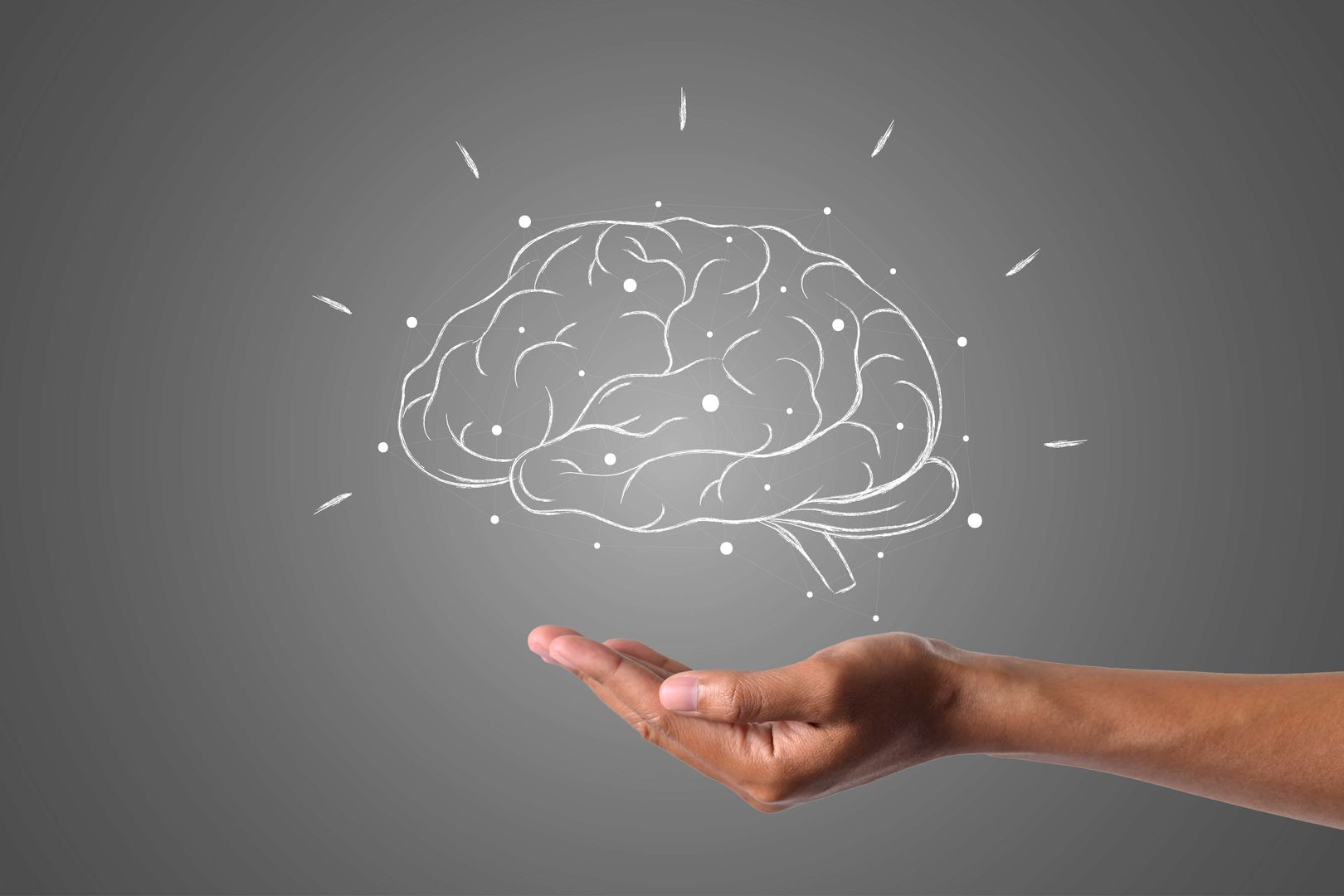The human intellect and body are capable of undergoing extraordinary transformations. The capacity to adapt and develop is truly remarkable, whether it involves recovering from an injury, adjusting to a new lifestyle, or acquiring a completely new skill. At the core of this adaptability are neuroplasticity, the brain's capacity to reconfigure itself, and mobility, the body's ability to function and move.
In the past few years, technology has been instrumental in the improvement of both neuroplasticity and mobility.
Tech-driven solutions are enabling individuals to recover, learn, and flourish in ways that were unimaginable a few decades ago, from advanced robotics to immersive learning platforms.
We have been at the forefront of such changes as a healthcare and software patent law firm.
This article will investigate the ways in which advancements in healthcare, rehabilitation, and beyond are being driven by the transformation of the brain and body by innovative technologies, including patented mobile applications.
1. The Brain's Remarkable Adaptability: An Understanding of Neuroplasticity
Neuroplasticity is the brain's capacity to reorganize and undergo changes. It enables neurons to establish new connections, adjust to injuries, and even create new pathways for learning and memory. For decades, scientists were under the impression that the brain was permanently fixed; however, we now understand that it is continuously changing.
This adaptability is particularly important for individuals who are rehabilitating from physical injuries or neurological conditions. For instance, an individual who has experienced a stroke and has lost the ability to move their hand can retrain their brain to compensate for the loss by utilizing other portions of their body more effectively.
Ways in Which Technology Improves Neuroplasticity
The manner in which we interact with neuroplasticity has been transformed by technology. Virtual reality (VR), brain-computer interfaces, and gamified learning platforms offer immersive environments that facilitate brain restructuring and stimulate the brain.
2. Mobility: The Bedrock of Independence
Neuroplasticity concentrates on the brain, whereas mobility pertains to the body's capacity to execute essential tasks and move freely. Everything from walking to fine motor abilities such as typing on a keyboard or holding a pen is influenced by mobility.
Technology has created a new realm of opportunities for individuals who are experiencing mobility challenges as a result of injury, disability, or age. The restoration and enhancement of mobility in transformative ways have been made possible by advancements in robotics, biomechanics, and wearable technology.
3. The Function of Robotics in the Restoration of Movement
For individuals who are experiencing mobility difficulties, robotics has emerged as a game-changing technology. Advanced robotic systems are no longer restricted to industrial applications; they are now enabling individuals to reclaim control over their bodies. These advancements are revolutionizing the boundaries of what is feasible, ranging from robotic prosthetics to wearable exoskeletons.
Exoskeletons: A Revolution in Mobility
Robotic devices that facilitate locomotion are known as wearable exoskeletons. These devices are particularly beneficial for individuals who are recuperating from spinal cord injuries or coping with conditions such as multiple sclerosis. Exoskeletons offer assistance and direction, enabling users to develop their strength and self-assurance while practicing walking.
For instance, an individual who has been confined to a wheelchair for an extended period of time may employ an exoskeleton to retrain their gait. Their overall mobility is improved as their muscles and neural pathways adapt over time. This technology is a comprehensive solution that utilizes both physical and mental rehabilitation.
Robotic Prosthetics: Beyond Replacement
Modern prosthetics are no longer merely substitutes for missing appendages; they are extensions of the body. These devices are equipped with sophisticated actuators and sensors that enable users to execute complex movements with precision.
For example, myoelectric prosthetics utilize muscle signals to regulate robotic appendages. It is possible for a user to perform tasks such as playing a musical instrument, shaking hands, or picking up a glass of water with remarkable precision. These prosthetics demonstrate that technology can improve the quality of life and restore mobility, rather than merely replacing lost abilities.
4. The Brain-Body Connection and Technology
The most thrilling advancements in neuroplasticity and mobility are those that establish a connection between the brain and the body. This connection between the brain and body is essential for the development of technologies that are intuitive and natural to users.
Brain-Computer Interfaces (BCIs)
BCIs are innovative instruments that enable direct communication between the brain and external devices. These interfaces allow individuals to operate wheelchairs, computers, or prosthetics by utilizing their minds.
For instance, a person with restricted mobility could employ a BCI to operate a robotic limb by visualizing the movement. This seamless integration not only restores independence but also improves the user's emotional well-being and confidence.
Real-Time Adaptation and Feedback Loops
Feedback loops are frequently implemented in contemporary rehabilitation technologies, which offer real-time data to both the user and their therapist. For instance, a robotic prosthetic may assess force, angle, and movement speed, and subsequently transmit this information to an associated application.
The application offers actionable insights that enable the user to modify their actions and enhance their performance over time. Users experience a greater sense of control over their rehabilitation voyage as a result of the continuous feedback that accelerates progress.
5. Mobility and Cognitive Training: A Potent Partnership
Cognitive training fortifies the mental processes that facilitate movement and adaptation, while mobility instruments restore physical function. The integration of the two results in a more comprehensive approach to personal development and rehabilitation.
The Function of Cognitive Exercises in the Recovery of Movement
Cognitive exercises, such as strategy-based games or puzzles, enhance memory, focus, and decision-making abilities by stimulating the brain. These exercises are especially beneficial during physical rehabilitation because they improve the brain's capacity to rewire itself and adjust to new movement patterns.
For instance, individuals can acquire the ability to anticipate outcomes and formulate their actions by engaging in strategy games. These mental abilities are directly relevant to tasks such as the effective use of an exoskeleton or walking with a prosthetic limb. Users achieve more rapid and enduring advancements by incorporating cognitive training into physical therapy.
Cognitive and Physical Development Through Immersive Learning Instruments
The divide between cognitive and physical rehabilitation is being bridged by technologies such as gamified platforms and virtual reality (VR). In a virtual reality environment, a user who is recuperating from a hand injury may be required to capture virtual objects. This activity provides a dual benefit by engaging their intellect and exercising their motor skills.
Additionally, these instruments are aiding in the early development of children's abilities. For example, strategy games such as chess, when integrated with learning platforms, promote hand-eye coordination and mobility in an enjoyable, interactive manner, while also teaching children how to plan, focus, and adapt. For this purpose, you may enroll in chess clubs or enroll in chess courses.
6. The Future of Technology-Driven Transformation
The technologies that are currently influencing neuroplasticity and mobility are only the beginning. The potential for even more transformative solutions is immense as innovation continues.
Artificial Intelligence and Predictive Learning
Rehabilitation is poised to undergo a transformation as a result of the implementation of artificial intelligence (AI), which will render it more efficient and personalized. The most effective next stages in a user's recovery journey can be predicted by AI-powered tools, which can analyze their progress. For instance, an AI system may recommend particular exercises or modifications to a prosthetic that are tailored to the user's individual requirements, thereby guaranteeing optimum results.
Real-Time Monitoring and Wearables
Real-time data on movement, posture, and even neural activity is being provided by wearable devices, which are becoming increasingly intelligent and integrated. These devices enable users and clinicians to monitor progress, identify obstacles, and adjust strategies in real time.
Accessibility via Technology
The most thrilling aspect of these developments may be their growing accessibility. As technology becomes more accessible and affordable, a greater number of individuals will have the opportunity to utilize tools that improve the functionality of both their intellect and body. This democratization of innovation guarantees that these advancements are accessible to individuals from all backgrounds.
7. Establishing a Comprehensive Growth Strategy
The potential for holistic growth is located at the intersection of neuroplasticity and mobility. This method is not solely concerned with recuperation; it also prioritizes empowerment and autonomy. We are progressing toward a future in which potential is maximized and limitations are minimized by incorporating technologies that address both the brain and body.
For instance, a comprehensive framework for growth is established by integrating platforms that improve cognitive skills, such as strategy games, with instruments for physical rehabilitation, such as robotic prosthetics. These synergies facilitate the adaptation, learning, and growth of individuals in a manner that is both natural and empowering.
Wrapping it up
The human body and intellect are remarkable in their capacity to adapt and develop. This potential is being unleashed in novel and thrilling ways with the assistance of technology. Innovations in cognitive training, robotics, and brain-body interfaces are revolutionizing our understanding of neuroplasticity and mobility, providing solutions that are both practical and inspiring.
One thing is evident as we continue to investigate these intersections: the future of technology is not solely about machines; it is about humans. We are fostering a world in which all individuals have the chance to surpass obstacles and realize their maximum potential by emphasizing tools that improve both the mind and body.
Although this voyage is far from complete, the advancements we have achieved demonstrate that the potential is limitless. Technology is establishing the foundation for a more inclusive and optimistic future, whether it is by restoring mobility, improving cognitive abilities, or integrating the two in a seamless manner.







